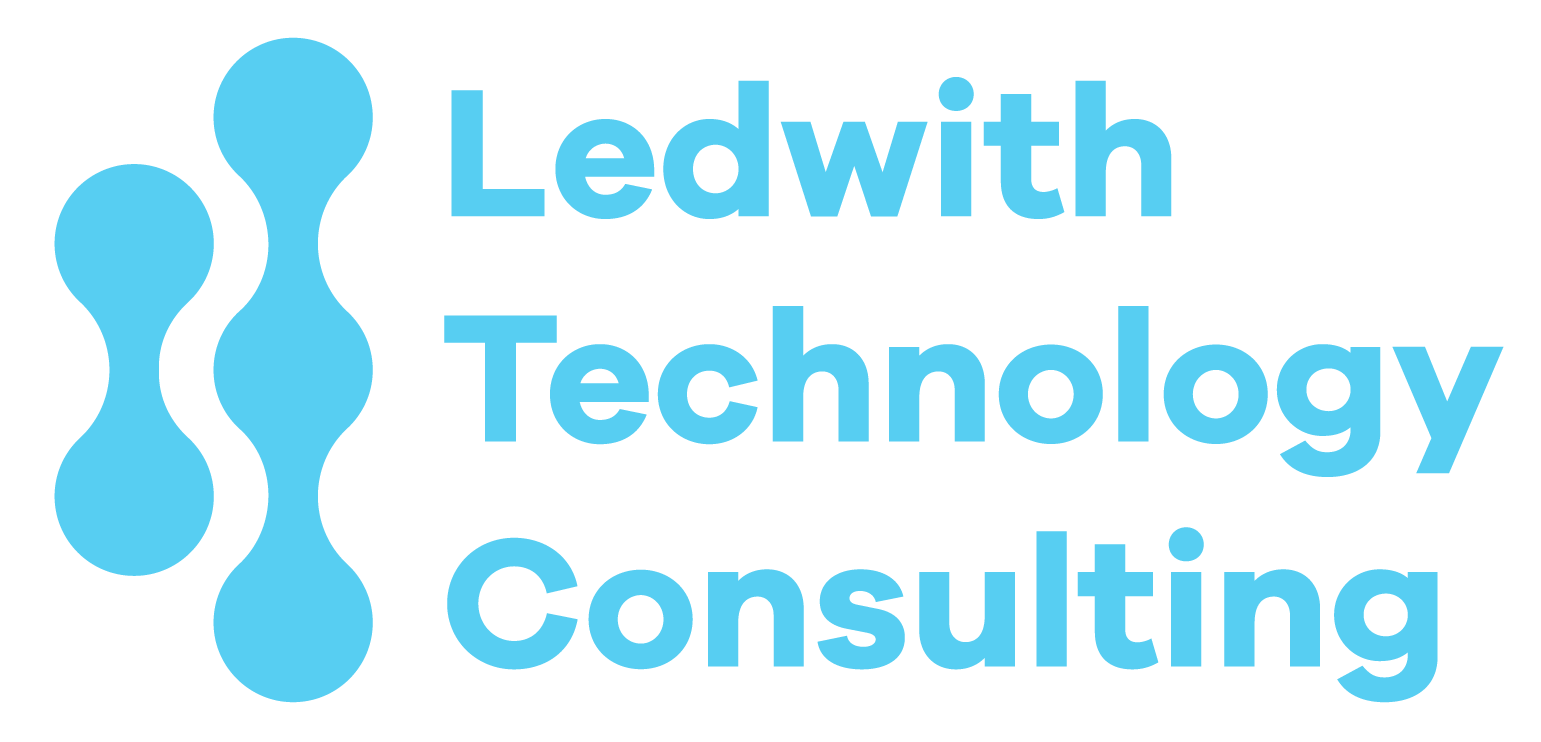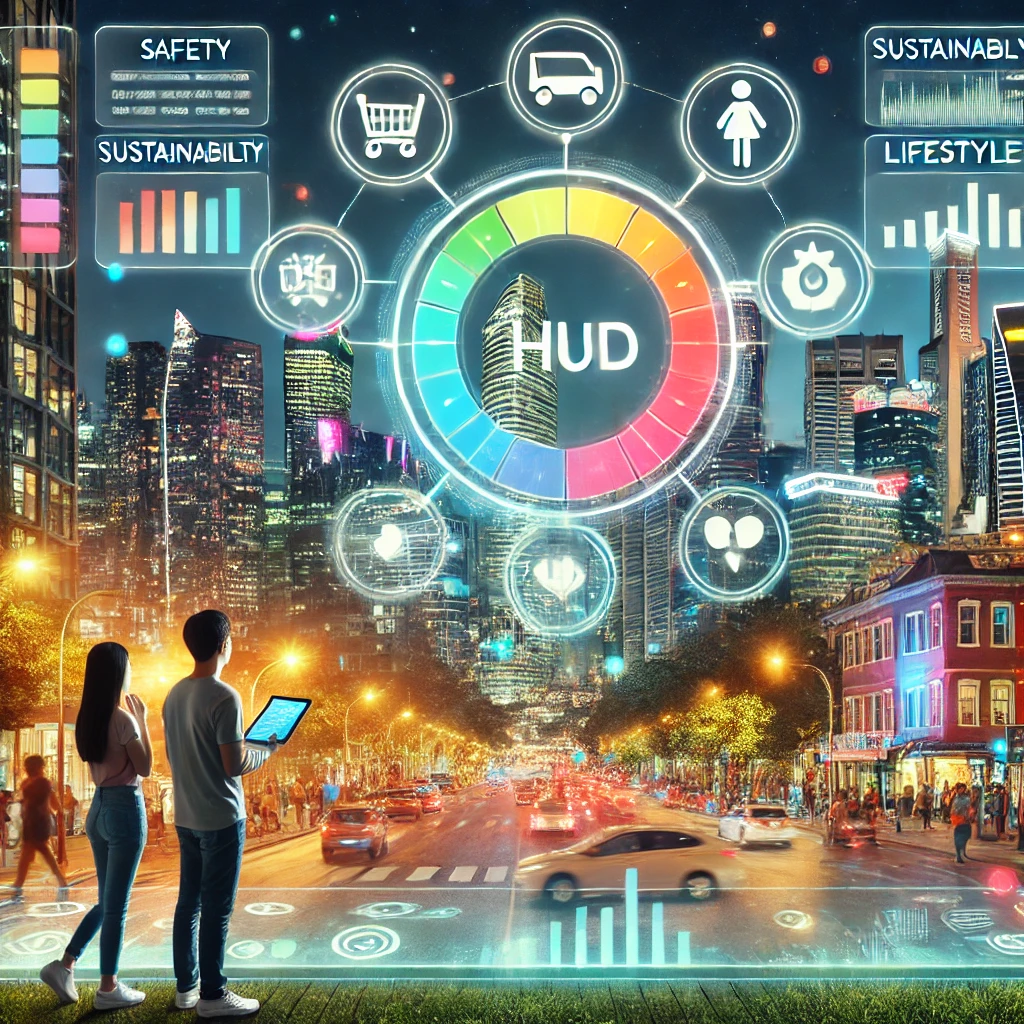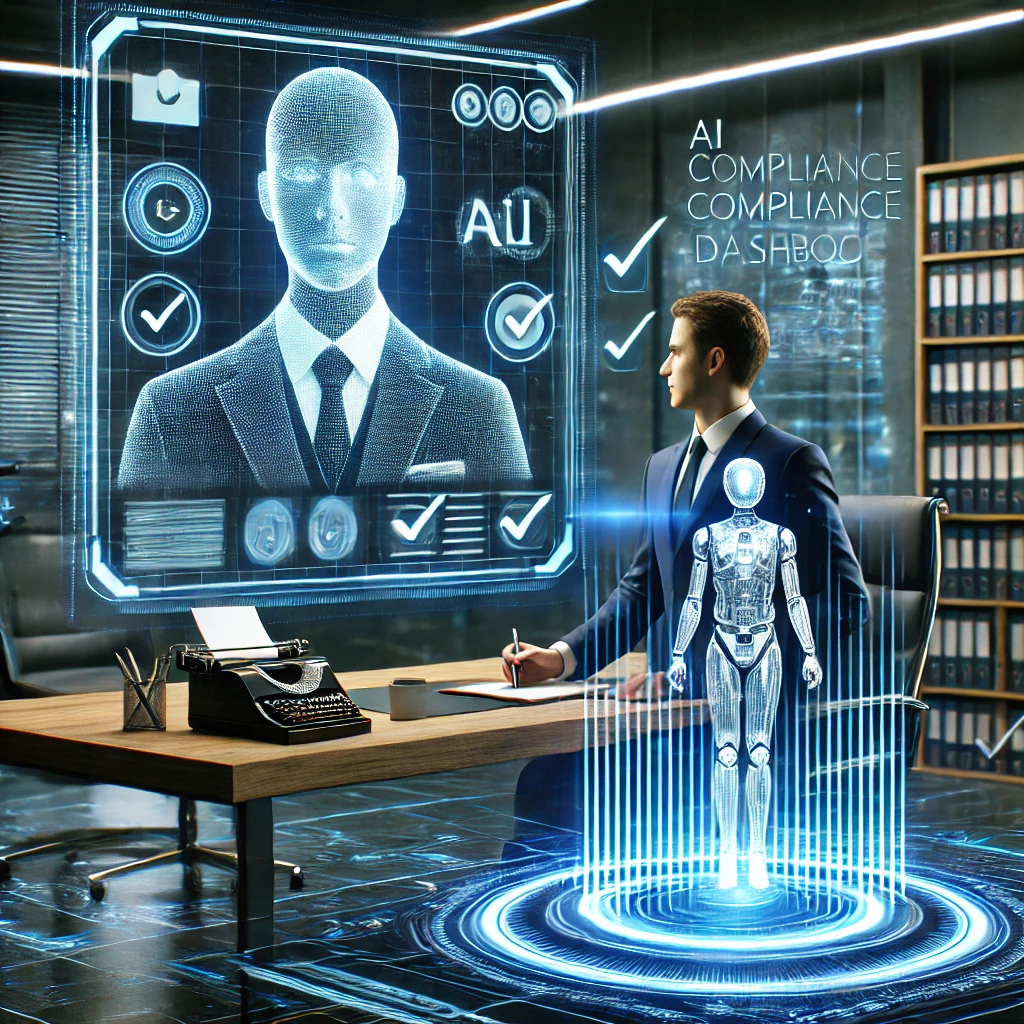By Stephen Ledwith March 20, 2025
Introduction: Beyond Virtual Tours
The real estate industry has embraced digital transformation in many ways, but nothing compares to what’s coming next—holographic property tours. Imagine stepping into a home without ever setting foot inside it. Buyers can now experience homes as if they were physically present, all from the comfort of their couch. This is the future of real estate showings.
Why Virtual Tours Are No Longer Enough
Virtual tours and 3D walkthroughs have been useful, but they still have limitations:
- Lack of true spatial awareness – Buyers can’t fully gauge dimensions or scale.
- Limited interaction – Clicking through a tour doesn’t replicate the feel of walking through a home.
- Device restrictions – Virtual tours require specific devices or setups that aren’t always user-friendly.
“People don’t just want to see a home, they want to feel like they’re inside it.” — Stephen Ledwith
The Rise of Holographic Real Estate Tours
How It Works
Holographic real estate tours use augmented reality (AR) and holographic displays to create life-sized projections of properties. These tours can be experienced through:
- AR Headsets – Wearable devices that project 3D models of homes into physical space.
- Holographic Screens – Large displays that allow potential buyers to view interactive models.
- Mixed Reality Showrooms – Real estate offices equipped with projectors and motion sensors to create immersive experiences.
Benefits for Buyers & Sellers
For Buyers:
- Explore multiple homes without travel
- Experience properties in full scale and detail
- Customize elements like wall colors, flooring, and furniture virtually
For Sellers & Agents:
- Attract out-of-town buyers more effectively
- Reduce unnecessary in-person showings
- Offer high-tech marketing to stand out in competitive markets
The Technology Behind the Magic
Holographic real estate tours leverage several emerging technologies:
- LiDAR Scanning – Captures high-precision 3D models of homes.
- AI-Powered Image Processing – Enhances visual fidelity for a realistic experience.
- Cloud-Based Rendering – Ensures smooth, real-time updates for properties.
Case Study: A Homebuyer’s Holographic Experience
John and Sarah were relocating across the country but didn’t have time to visit multiple homes. Their real estate agent provided a holographic tour of three shortlisted properties. They were able to walk through each home, get a feel for the spaces, and make an informed decision—all without ever flying out.
Overcoming Adoption Barriers
While the technology is promising, real estate professionals need to address key challenges:
- Initial Investment – Holographic equipment isn’t cheap, but costs are decreasing.
- User Accessibility – Ensuring buyers can access these experiences without expensive gear.
- Training for Agents – Adoption requires learning new tools and sales techniques.
Final Thoughts: The Future is Holographic
Holographic tours aren’t just a gimmick—they’re the next step in digital real estate experiences. As the technology becomes more accessible, buyers and sellers will increasingly expect this level of interactivity. Those who adopt it early will have a competitive edge.
Is Your Real Estate Business Ready?
If you’re in real estate, it’s time to explore holographic technology. The future is here, and it’s more immersive than ever.




